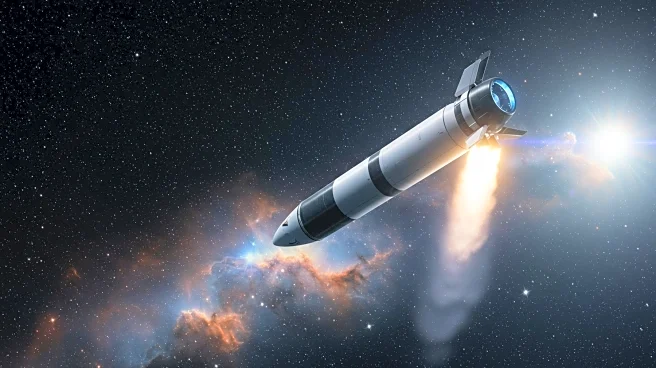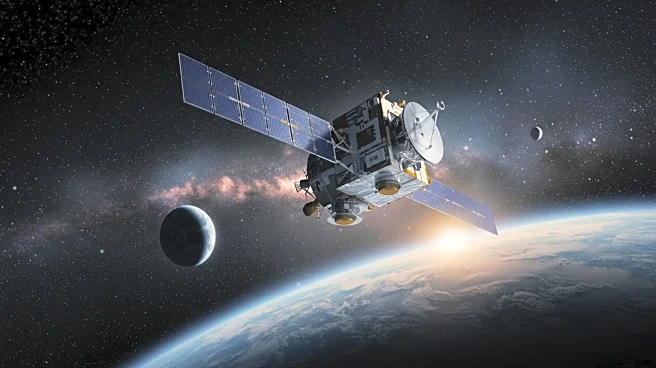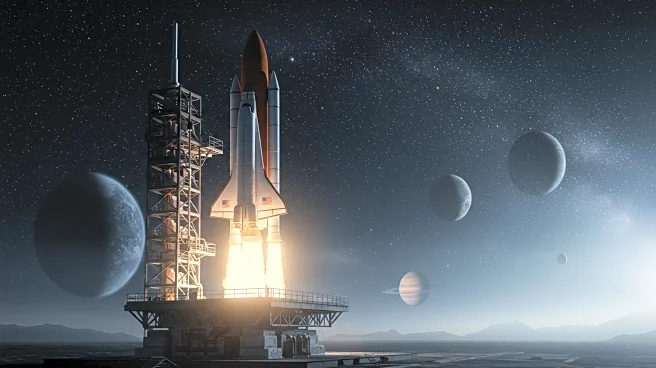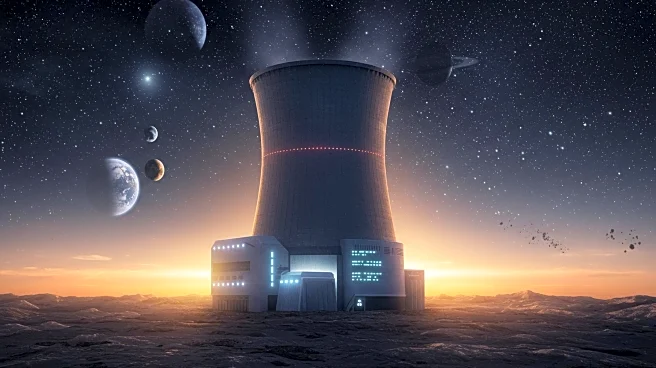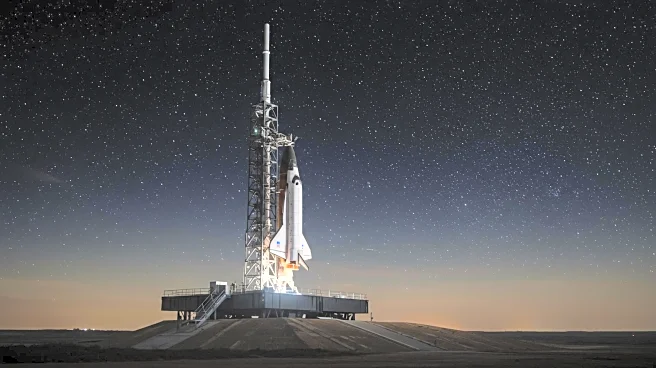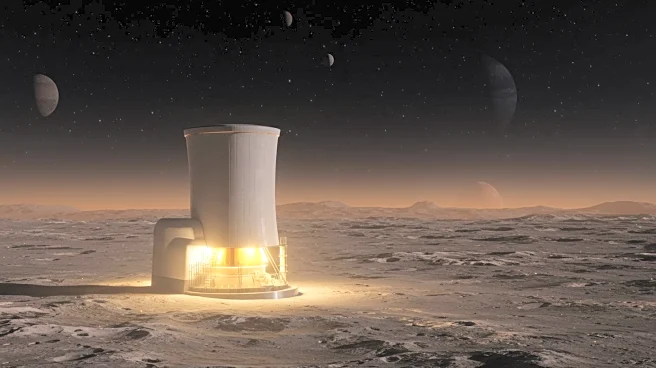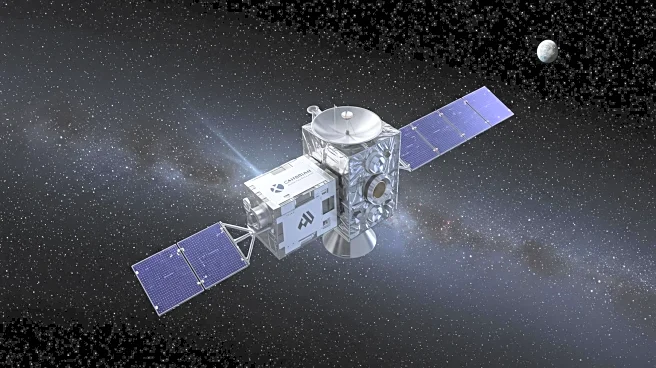What's Happening?
NASA is advancing its space exploration capabilities by collaborating with Blue Origin to explore the potential of the New Glenn rocket's upper stage. This initiative is part of NASA's broader strategy to increase mission accessibility and efficiency, particularly in geostationary orbits and lunar settings. Blue Origin's New Glenn rocket, known for its high payload capacity and reusability, is being studied for its versatility in launching multiple payloads on diverse trajectories. This adaptability is crucial for reducing mission costs and expanding science and defense applications. The collaboration is part of the Venture-Class Acquisition of Dedicated and Rideshare Launch Services (VADR) contract, which aims to uncover new practical avenues for space mobility.
Why It's Important?
The collaboration between NASA and Blue Origin is significant as it could revolutionize space travel by enabling rapid and reliable delivery of payloads to various orbits with minimal infrastructure requirements. This development aligns with NASA's goals of enhancing strategic deployment capabilities, supporting robust science, improving national defense, and expanding the space economy. By leveraging Blue Origin's technology, NASA aims to create an ecosystem that facilitates advanced space exploration and technology, potentially positioning the U.S. as a leader in space innovation.
What's Next?
As Blue Origin continues its studies under the VADR contract, the findings are expected to reveal new opportunities for space mobility. This could lead to the development of more efficient and cost-effective methods for deploying payloads across vast distances. The collaboration may also prompt further partnerships between NASA and commercial entities to advance space exploration technologies and applications.
Beyond the Headlines
The partnership between NASA and Blue Origin highlights the growing trend of commercial collaboration in space exploration. This approach not only accelerates technological advancements but also fosters a competitive environment that could drive innovation in the aerospace industry. The focus on reducing mission costs and increasing efficiency may also have long-term implications for national defense strategies and the global space economy.
